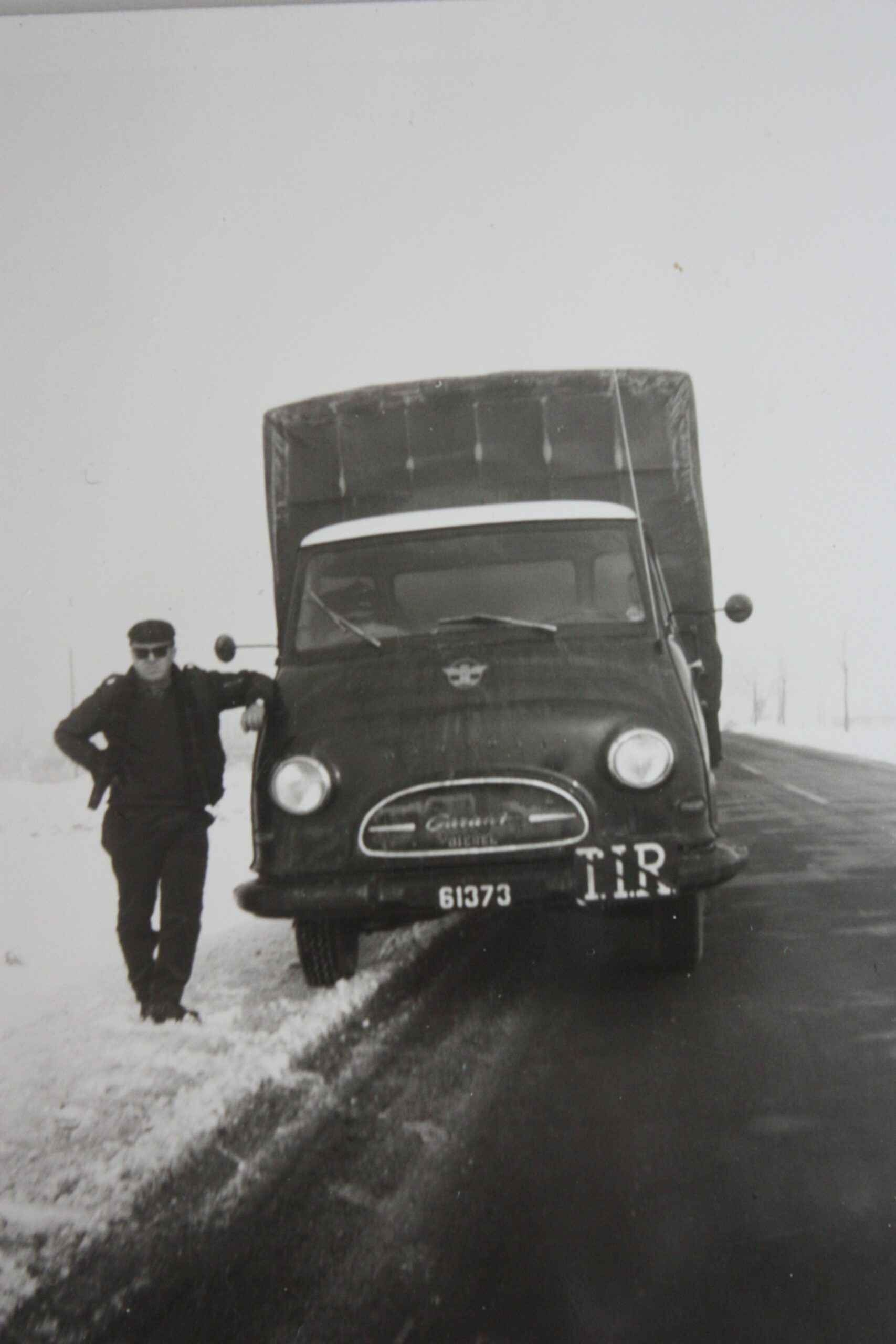European-wide transport with Hanomag trucks
1960
In the 1960’s Metty’s son, Paul Wallenborn, became involved in the business and began using Hanomag trucks to distribute goods across Europe.
The 1960s were a decade of economic stability and gradual diversification for Luxembourg. Still deeply rooted in heavy industry, especially steel production, the country also began laying the groundwork for a more modern logistics and service-based infrastructure.

At the start of the 1960s, steel remained the backbone of Luxembourg’s economy, with ARBED continuing as the dominant player in production and export. Steel plants in towns like Esch-sur-Alzette, Differdange, and Dudelange employed thousands and drove much of the nation’s GDP. Luxembourg was one of Europe’s top steel exporters, thanks to both its geographic position and its access to high-quality iron ore from the Minette region.
To support its industrial base, Luxembourg invested significantly in modernizing its logistics infrastructure. The national railway company CFL (Société Nationale des Chemins de Fer Luxembourgeois) expanded cargo capacity, particularly for raw materials and steel transport. Meanwhile, road construction increased to accommodate the rising use of trucks, buses, and private vehicles, marking a shift toward more flexible and faster logistics options.
As a founding member of the European Economic Community (EEC), Luxembourg saw increased trade activity with its neighbors. This growing interconnectivity led to more demand for efficient transport routes and warehousing. The country’s strategic location at the heart of Europe made it a natural hub for regional logistics, even though the sector was still in its early stages of professional development.
The late 1960s saw the first signs of multimodal logistics development, as industries began coordinating rail and road services to optimize cargo movement. This was especially important for international shipments of steel, machinery, and construction materials, which needed fast and reliable access to European ports and markets.
Though steel was still king, the 1960s also marked the beginning of economic diversification. The banking sector started to gain momentum, and services linked to transport and international commerce began to take shape—planting seeds for Luxembourg’s later evolution into a major financial and logistics hub.